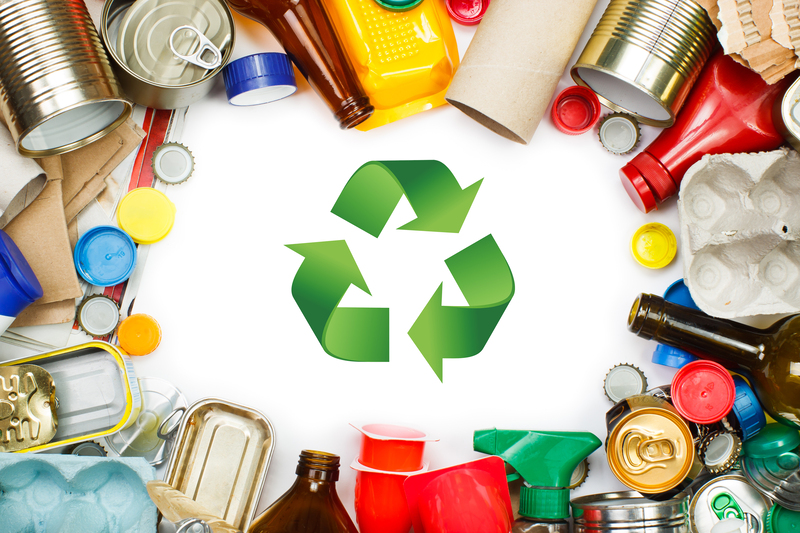Can We Combat Microplastic Pollution Effectively?
Microplastic pollution has emerged as a pressing environmental concern in recent years, capturing the attention of researchers, policymakers, and the general public. These minuscule plastic particles, often less than 5mm in size, pervade our oceans, freshwater bodies, and even the air we breathe. The question that remains is: can we truly combat microplastic pollution effectively? This article will delve into various strategies that could potentially mitigate this growing problem.
Understanding Microplastic Pollution
Before discussing solutions, it's crucial to comprehend what microplastic pollution entails. Microplastics originate from two primary sources: primary microplastics and secondary microplastics. Primary microplastics are manufactured small for use in products like cosmetics and textiles, while secondary microplastics result from the degradation of larger plastic debris.

The Impact of Microplastics
The prevalence of microplastics in the environment has serious implications for ecosystems and human health. These tiny particles are ingested by marine life, leading to harmful biological effects and potential entry into the human food chain. Moreover, microplastics can absorb pollutants, acting as carriers for various toxins. Addressing the impact of microplastic pollution is essential for both environmental and public health.
Strategies to Combat Microplastic Pollution
Efforts to combat microplastic pollution can be classified into several categories, including policy measures, technological innovations, and consumer behavior changes.
Policy Measures
- Legislation and Bans: Many countries are now implementing bans on single-use plastics and microbeads to limit sources of microplastics. It's crucial for this legislation to be comprehensive and enforced effectively.
- International Collaborations: Pollution knows no borders, and international cooperation is vital. Global treaties and agreements can lead to standardized regulations and shared responsibility among nations.
- Incentives for Sustainable Practices: Governments can provide incentives for businesses to adopt sustainable practices, potentially reducing the reliance on plastic and supporting alternative materials.
Technological Innovations
Innovative technologies play a crucial role in the fight against microplastic pollution.
- Advanced Filtration Systems: Investing in water treatment facilities equipped with the latest filtration technologies can capture microplastics before they enter water bodies.
- Biodegradable Alternatives: Research into biodegradable materials presents a promising avenue. By replacing conventional plastics with eco-friendly materials, the source of microplastic pollution can be reduced.
- Microplastic Detection Technologies: Improved methods for detecting microplastics can aid in monitoring pollution levels and assessing the effectiveness of mitigation strategies.
Consumer Behavior Changes
The actions of consumers contribute significantly to the problem and can also be part of the solution.
- Educational Campaigns: Raising awareness about the effects of microplastic pollution can influence consumer choices, promoting the use of sustainable products.
- Reduce, Reuse, Recycle Practices: Emphasizing the 3Rs can help minimize plastic waste, indirectly reducing microplastic pollution.
- Product Labeling: Clear labeling regarding the presence of microplastics in products can enable consumers to make informed decisions.

Challenges in Combating Microplastic Pollution
Despite these strategies, the battle against microplastic pollution is fraught with challenges.
- Lack of Public Awareness: Many people remain unaware of the severity of the microplastic crisis. Increased education is needed to galvanize global action.
- Economic Considerations: Transitioning away from plastics can be costly for businesses and consumers, posing economic hurdles that must be addressed with supportive policies.
- Scientific Uncertainty: While research on microplastics is advancing, there are still many unknowns regarding their long-term impacts, complicating policy formulation.
The Road Ahead
Despite the considerable obstacles, the fight against microplastic pollution requires a collaborative, multifaceted approach. By combining legislative action, technological innovation, and societal changes, we can make significant strides in reducing this environmental threat. As ongoing research continues to shed light on the complexities of microplastics, our strategies must also evolve to effectively address this pressing issue.
Ultimately, the question of whether we can combat microplastic pollution effectively hinges on our collective willingness to prioritize sustainability over convenience. It is a global challenge that demands a unified response, reminding us that while individual actions are important, systemic changes are essential.
The journey to a world free from microplastic pollution may be long and complex, but with determination and innovation, a future where microplastics are no longer a global environmental concern is achievable.